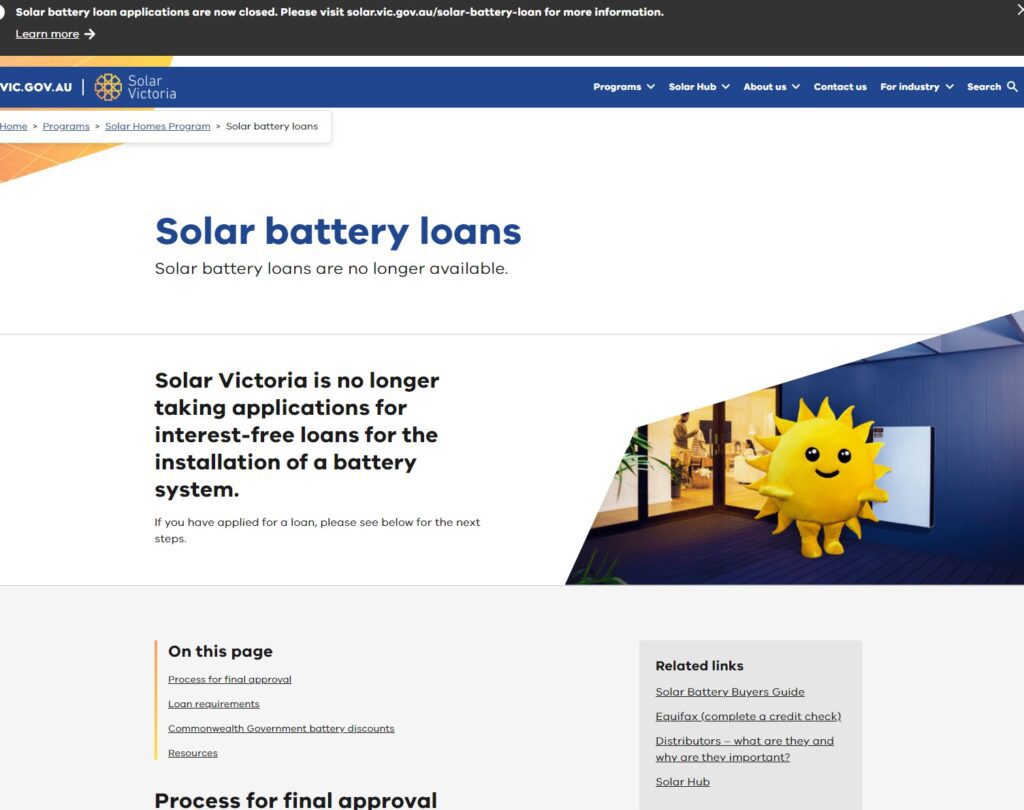Brief Overview
- Donald Trump warns Apple of a 25% tariff on iPhones not produced in the U.S.
- It’s reported that Apple is looking to move iPhone assembly from China to India for U.S. markets.
- Trump’s demand is part of a broader initiative to return manufacturing to American territories.
- Apple is facing logistical and financial challenges in relocating production to the U.S., such as labor expenses and insufficient advanced manufacturing facilities.
- If production shifts domestically, iPhone prices may increase considerably, potentially benefiting Android rivals.
- The U.S. market sells about 60 million iPhones each year, which forms a substantial part of Apple’s global total of 220 million units sold.
- Apple might engage in negotiations with Trump to prevent tariffs or look at alternative assembly options.
Trump’s Tariff Warning: iPhones Must Be Produced in the U.S.
Former President Donald Trump has once again captured headlines by issuing a direct ultimatum to Apple Inc., stating that all iPhones sold in the United States must be manufactured domestically or incur a hefty 25% import tariff. This declaration, made through social media on May 23, 2025, adds weight to Trump’s ongoing effort to bring manufacturing jobs back to American soil.
Apple’s Global Supply Chain Goals Conflict with Trump’s Objectives
Apple has been diversifying its manufacturing operations, especially amidst increasing tensions between the U.S. and China and supply chain interruptions due to the COVID-19 pandemic. The tech giant has begun shifting part of its iPhone production from China to India by collaborating with partners like Foxconn and Pegatron. However, this transition now contradicts Trump’s call for U.S.-based manufacturing.
India’s Emerging Role in Apple’s Production Strategy
India has rapidly emerged as a pivotal location for Apple’s manufacturing efforts outside of China. According to Bloomberg, Apple amplified its iPhone production in India in 2023, producing more than $7 billion worth of devices. This strategy has been perceived as both a safeguard against geopolitical risks and a means of cutting costs.
Nevertheless, Trump’s recent remarks pose a threat to these strategic developments. The former president expressed:
“I have long ago informed Tim Cook of Apple that I expect their iPhones that will be sold in the United States of America will be manufactured and built in the United States, not India, or anyplace else. If that is not the case, a Tariff of at least 25% must be paid by Apple to the U.S.”
Is U.S. Manufacturing of iPhones Feasible for Apple?
Adequate Manufacturing Infrastructure is Absent
Despite Apple’s substantial financial capabilities, producing iPhones within the U.S. presents a significant challenge. Essential components like semiconductors, sensors, and high-tech display panels are predominantly manufactured in Asia, especially in Taiwan, South Korea, and China. The U.S. lacks the specialized infrastructure necessary for efficient assembly of these components on a large scale.
Labor Expenses Could Soar iPhone Prices
Manufacturing iPhones in the United States would bring about considerably higher labor costs. A Brookings Institution report indicates that U.S. manufacturing wages far exceed those in India or China. Should Apple transfer all production to the U.S., the retail price of an iPhone might soar by several hundred dollars, potentially steering consumers towards more affordable Android options.
Consequences for Apple, Consumers, and the Smartphone Sector
Apple May Pursue Partial Assembly or Seek Negotiations
One possible solution for Apple could be to assemble final units in the U.S. while obtaining components from abroad. It remains uncertain, however, whether this approach would meet Trump’s tariff requirements. Apple CEO Tim Cook, recognized for his diplomatic skills and connections with political figures, may attempt to negotiate a reduced tariff or a gradual manufacturing plan.
Consumer Effects: Price Increases, Restricted Supply
If the 25% tariff is implemented, Apple might transfer the extra costs to U.S. consumers. Given current iPhone sales data, the U.S. constitutes roughly 27% of the global iPhone market. A drastic price increase could dampen demand and create opportunities for Android manufacturers such as Samsung, Google, and OnePlus to gain market share.
Global Trade Strains: A Persistent Issue in Tech Production
Trump’s latest warning is part of a wider trend of trade protectionism that has characterized his political agenda. From tariffs on steel to limitations on Chinese tech enterprises, Trump has consistently advocated for local production. However, critics argue that such policies often overlook the complexities and interdependencies inherent in global supply chains.
What Lies Ahead for Apple and U.S. Technology Policy?
At this time, Apple has not publicly addressed the tariff threat. Analysts predict that private discussions will occur among Apple executives and governmental representatives. The next few months will reveal whether Trump’s ultimatum gains momentum or dissipates under political and economic strains.
Conclusion
Trump’s recent ultimatum presents a challenging scenario for Apple, compelling the company to navigate between economic viability and political compliance. A 25% tariff on iPhones not manufactured in the U.S. could profoundly affect Apple’s pricing, supply chain logistics, and consumer behavior in the U.S. As this situation unfolds, it may create precedence for how multinational corporations manage the intersection of global operations and nationalist economic policies.
Q: Why is Trump targeting Apple with a tariff?
A:
Trump aims to boost domestic manufacturing by punishing businesses that produce abroad. Apple, with its extensive operations in Asia, is a prominent example of the offshoring trend Trump seeks to counter.
Q: Is it feasible for Apple to relocate iPhone production to the U.S.?
A:
Not without difficulty. The U.S. lacks the advanced manufacturing infrastructure essential for high-volume smartphone assembly. Establishing these capabilities would require years and substantial investment, making it an impractical short-term solution.
Q: How would iPhone prices be affected if production shifted to the U.S.?
A:
Prices would likely rise considerably due to soaring labor and operational costs. Analysts predict that moving production to the U.S. could increase the retail price of an iPhone by $100–$200.
Q: Is Apple currently shifting production away from China?
A:
Yes. Apple is transitioning assembly to countries like India and Vietnam to diversify its supply chain and lessen dependence on China amidst geopolitical tensions.
Q: How many iPhones does the U.S. sell each year?
A:
Approximately 60 million iPhones are sold annually in the U.S., representing over a quarter of Apple’s total global sales.
Q: Could Android smartphones gain an advantage in this situation?
A:
Yes. Should iPhones become pricier due to tariffs or U.S. production expenses, Android devices—many of which are more affordably priced—could increase their market presence in the U.S.
Q: Has Apple reacted to the tariff threat?
A:
As of this publication, Apple has yet to release an official comment regarding Trump’s statements. However, private conversations with U.S. decision-makers are likely ongoing.
Q: Could a future administration reverse this policy?
A:
Yes. Tariff regulations can be adjusted with changes in administration. Apple might be counting on a political shift that could lessen the pressure to domesticize manufacturing.




.jpg)












